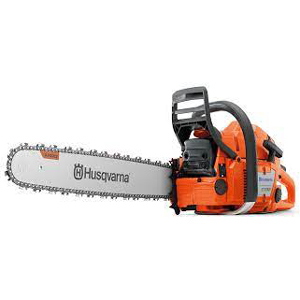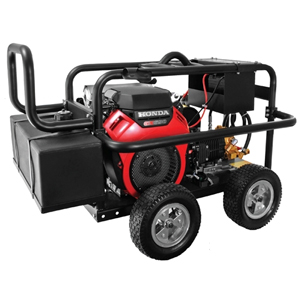We have to be prepared to take action whenever there is a change in weather. Nature can sometimes be a bit unpredictable. The best thing to do is to have a plan for when the storm comes, whether it’s a typical storm or a storm a little more severe. The following tips and equipment could come in handy.
Be Prepared
It is important to inspect the trees in your yard. Look for cracks in the trunk or large limbs, branches that are too close to your home, or branches that are too close to power lines. Inspect and possibly remove trees that are diseased or have cavities of decay or are leaning. Prepare for storms by trimming dead branches and those too close to your structures. Be careful when trimming branches that are too close to power lines. Contact your local utility provider and inform them of the problem.
Storm preparation is one of the reasons why maintaining your fencing is a smart idea. Any loose boards that may fly off in a high wind should be repaired or replaced. Also, this is a good opportunity to replace weak or loose posts. You will find that renting a post-hole digger can make this project simple.
Keep loose objects tucked away if there is an impending storm. A shed or garage is an ideal place for storing lawn furniture, trash cans, tools, and other objects prone to wind.
Cleanup After The Storm
Check power lines for damage and notify your local utility company. Make sure you are cautious of leaning trees and other hazards. If trees have fallen during a storm, make sure to use the necessary equipment to remove them. If trees are not down, check for cracks and fallen branches. It’s possible that an Arborist will be required to give you advice on what to do with the damaged tree if the damage seems extensive.
Here is a list of useful equipment for cleaning up after storms:
- Chainsaws: Chainsaws are probably the most useful tool for cleaning up after a storm. With a chainsaw, you can make firewood, save lumber, cut down trees, and prune bushes and trees. When renting a saw, be sure to follow all recommended safety precautions. If possible, work with someone else as well.
- Chippers: A chipper is one of the quickest ways to get rid of fallen trees. Make sure you rent the right size chipper for your needs. Many homeowners are able to get by with smaller models that can be wheeled around the yard by hand. You might be able to turn your yard waste into mulch for your landscaping projects.
- Ladders & Lifts: A ladder or a lift can be used to repair siding, windows, gutters, and roofing that has been damaged by a storm. You may want to take pictures of the damage while you’re up there to provide proof to your insurance company in case you can’t fix it.
- Generators: When power failures last for several days, you may need a generator to keep you up and running. Finding the best generators for your needs starts with thinking about power output capabilities, fuel sources, and the wattages required for appliances or tools.
- Pressure Washers: If there was flooding during the storm, a pressure washer can help remove mud and dirt. Pressure washers make deep cleaning jobs easy. They let the water do the heavy work. A power washer can do heavy cleaning in half the time on all your deep set-in outdoor grime.
- Pumps: Pumps become particularly useful in the event that your basement or ground floor floods. Pumps are used to move water or other liquids from one place to another. There are several different types of pumps. The type you choose depends mostly on how you plan to use it. Water pumps may be used commercially or residentially, for draining a flooded basement, draining a hot tub or spa, or for a sprinkler system.
It is imperative to use all equipment safely. If you need help clearing up after a storm, make sure you follow instructions regarding appropriate gear and procedures. Whether you are looking for equipment to suit your needs or have questions concerning availability, don’t hesitate to contact Rentalex at (813)971-9990.












